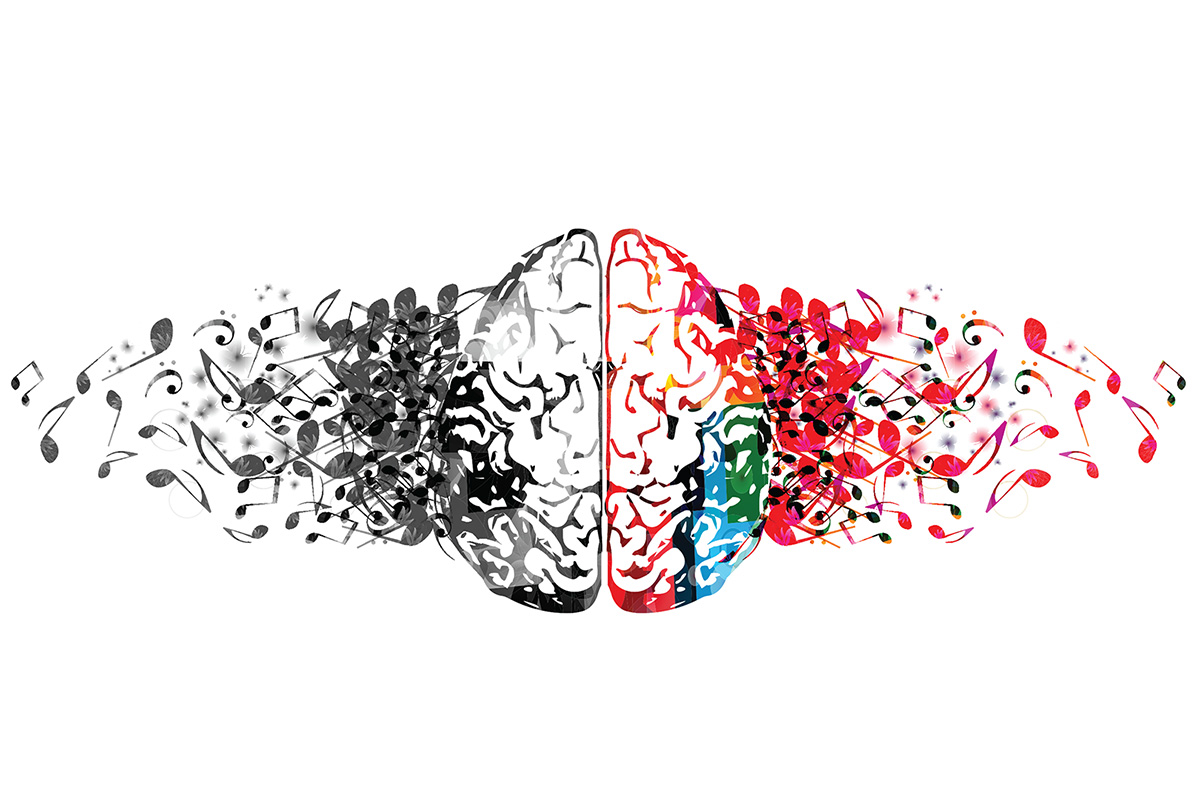


The lesion showed heterogeneous enhancement with areas of necrosis in it suggestive of right frontal meningioma with malignant transformation. Patient was advised CECT head which showed a large extra-axial hyperdense mass measuring approx. On mental status examination, his affect was depressed with impairment in recent memory. The general physical, as well as neurological examination, showed no abnormality. There was no family history of any psychiatric illness. There was no history of head trauma or any focal neurological deficit. Patient also had complaints of forgetfulness and headache now along with previous depressive symptoms. Patient's condition did not improve, and he came to RH, Patiala for consultation. He was prescribed tablet desvenlafaxine 50 mg/day. Patient visited a private psychiatrist and was diagnosed as a case of moderate depressive disorder without psychotic features (F-32.1 as per ICD-10). This was accompanied by decreased sleep and appetite. He also started talking less than usual and would remain quiet. For the last 2 months, patient had complaints of remaining sad for most of the day. The case was referred to Department of Neurosurgery for further management.Ī 43-year-old married male patient came to psychiatry OPD at Rajindra Hospital, Patiala for consultation. Patient was advised contrast-enhanced computed tomography (CECT) head and it showed an extraxial dural based well defined circumscribed lobulated mass involving bilateral frontal regions, which showed intense homogenous enhancement suggestive of frontal meningioma. His wife also complained that he forgets things easily but patient showed relative lack of insight to these complaints. Even after 1-month, patient's depression did not improve and he complained of headache. He was prescribed tablet escitalopram 10 mg/day and asked for follow-up in psychiatry OPD. The general physical, as well as neurological examination, showed no neurological deficit. His history regarding psychiatric and other medical conditions were unremarkable. He met the International Classification of Diseases-10 (ICD-10) criteria for a major depressive episode (depressive episode without psychotic features, ICD-10: F32.0). The condition was characterized by sadness of mood, fatigue, hopelessness, withdrawal from social activities and sleep disturbance. Patients with such tumors are often referred first to psychiatrists, and the correct diagnosis may emerge only when the tumor has grown large and has begun to displace the brain.Ī 52-year-old male patient came to psychiatry outpatient department (OPD) with a 1-month history of depressive symptoms. The frontal lobes of the brain are notoriously “silent”: Benign tumors such as meningiomas that compress the frontal lobes from the outside may not produce any symptoms other than progressive change of personality and intellect until they are large. Disturbance in the function of these areas can lead to mood disorders.

These abnormalities provide compelling evidence that specialized frontal brain structures such as orbitofrontal cortex and medial prefrontal cortex underlie various cognitive and emotional functions with an implication in mood control, such as regulation of responses to aversive emotional experiences and interpretation of social and emotional cues. Functional imaging studies have repeatedly reported abnormalities in the neural activation patterns in depressive conditions. Approximately 1,000 new cases are diagnosed in children and adults each year in the United States.Brain tumors, either primary or metastatic, typically cause development of focal neurologic deficits such as hemiparesis, sensory deficit and aphasia. Generally, medulloblastomas account for 2 percent of all primary brain tumors and 18 percent of all pediatric brain tumors. The exact incidence of medulloblastomas is not known and many different estimates are given the However, in adults the ratio is the same. In children, males are affected more often than females. Medulloblastomas are extremely rare in individuals over the age of 45. In adults, most medulloblastomas occur in individuals between 20-44 years of age. Medulloblastomas are extremely rare in adults accounting for 1-2 percent of all cases of brain tumors in adults. Approximately 80 percent of affected individuals are under the age of 15. Medulloblastomas are the most common malignant brain tumor in children. Medulloblastomas can affect individuals of any age, but occur most often in children under the age of 15 with a peak incidence between 3 and 9 years of age.


 0 kommentar(er)
0 kommentar(er)
